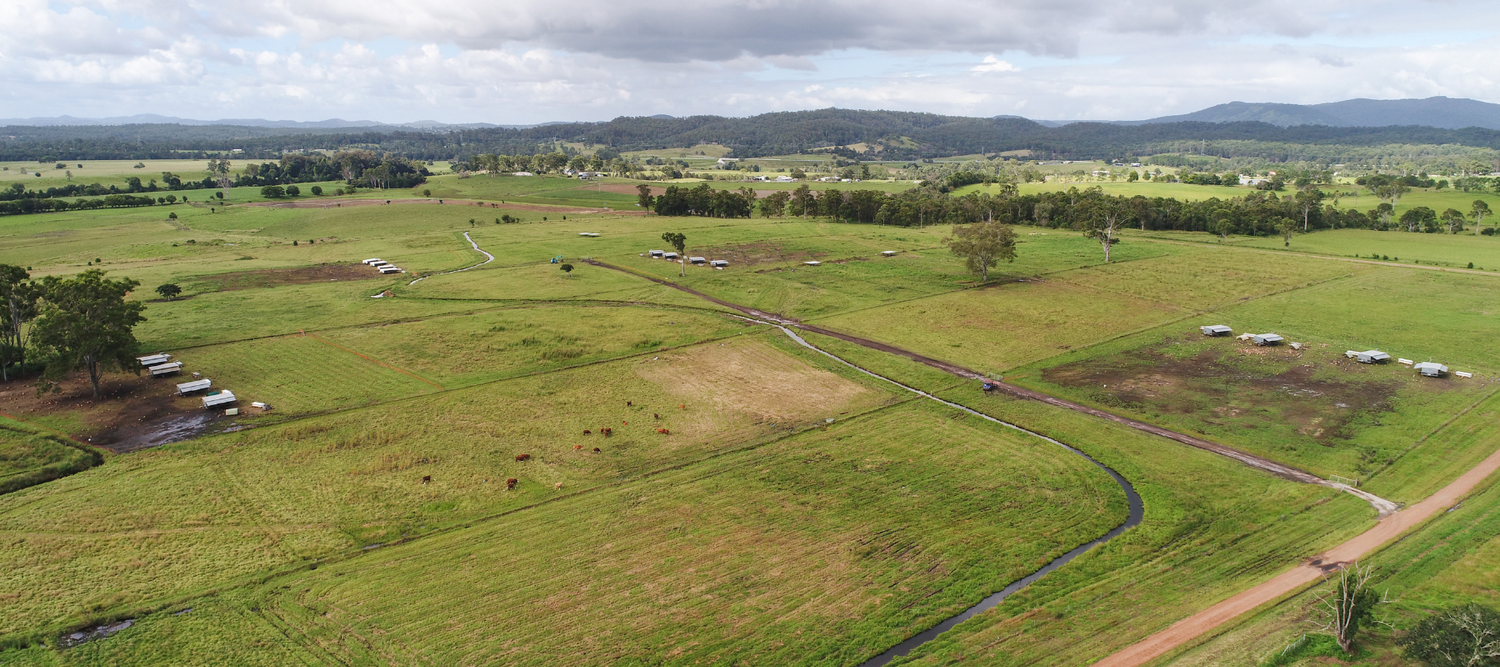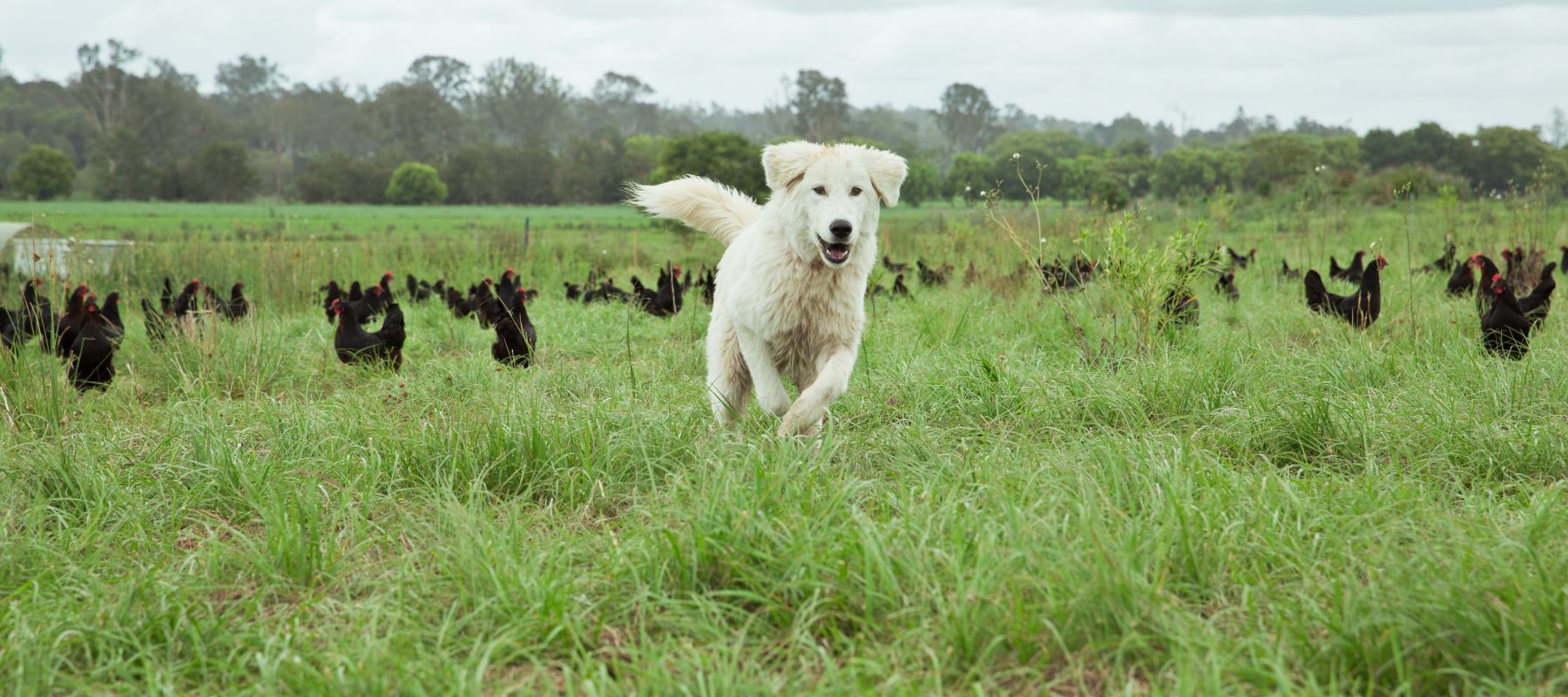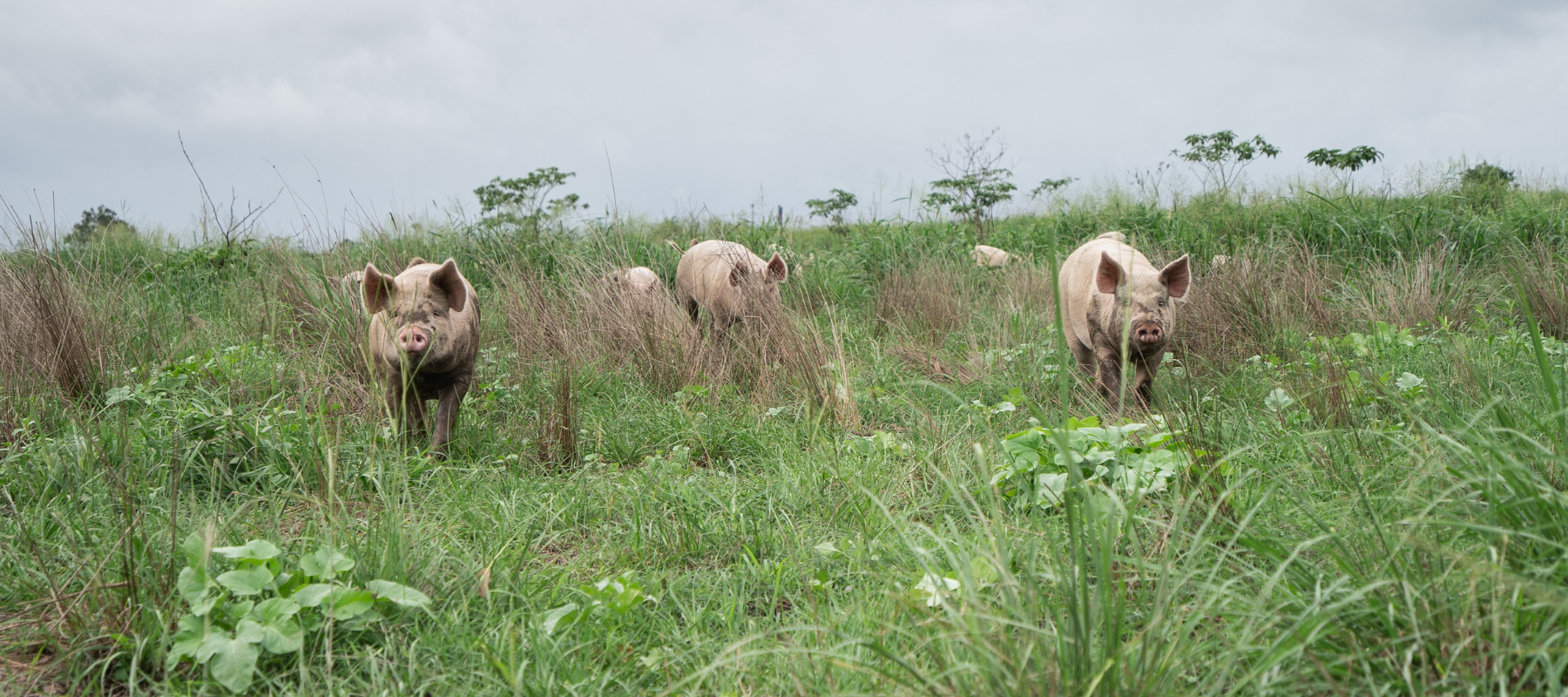Farmers these days are outward looking and the disconnect between city folk and food is slowly but surely starting to diminish. At the end of the day, it comes back to the consumer. There is a groundswell of health-conscious people out there who truly care about the provenance of their food, and the ethics of food production. It is now increasingly recognised that we have to find a way to drought-proof the Australian landscape if we are to keep putting food on Australian tables. This is where natural sequence farming comes to the fore. Ideas that were once deemed crazy are starting to be accepted, because the ‘proof is in the pudding.’
Our family has paved a long and hard road as trailblazers, passionate about regenerating the Australian landscape. Stuart Andrews and his sons Hamish and Lachie are the second and third generation of a legacy that was created by Peter Andrews. Peter has devoted his life to restoring landscapes, degraded by farming techniques that he believed were unsuited to the Australian environment. It is his passionate research and experimentation that has led to the Natural Sequence Farming techniques we practice today.
Growing up alongside Aboriginal people on a sheep property near Broken Hill Peter was encouraged to look at the landscape in a different way. The indigenous people taught him where to find witchetty grubs and bush tucker and also that the most important thing was water.
The Australian landscape has some unique qualities that make it sustainable in its own right if it is looked after properly. Biodiversity, and the ability to prevent water evaporating are the keys to surviving the harsh droughts this land is prone to. Reserves of water are crucial.
The fresh water arterial system that sits over our very salty landscape needs to be held together by plants or we lose our water and fertility. By reintroducing plants, including weeds into the ecosystem, and building contours our family succeeded in slowing the water down so that it stayed in the landscape giving the soil time to rebuild as well. Using these methods, we were able to restore previously barren, salty land for highly productive agricultural use. In turn our food has been enriched for the better.
We are now passionate about sharing our learnings with as many people as possible. Through Tarwyn Park Training we are teaching the principles of Natural Sequence Farming and how to implement them into any operation. We aim to share our knowledge of landscape rehabilitation with the wider community empowering them to create change within a degrading landscape.
When we purchased Forage Farms, we saw it as the next chapter in the story. We have introduced animals into the system to give us a helping hand in implementing natural landscape functions. Our pastured chickens and pigs and grass-fed sheep and cattle are now part of the ecosystem. We are able to produce beautiful, fresh produce in the way nature intended. Artificial fertilisers and chemicals are not a part of our vernacular. There is simply no need for them. The end result is a system that supports the animals, the environment and the consumer.
Learn more about how we farm here




